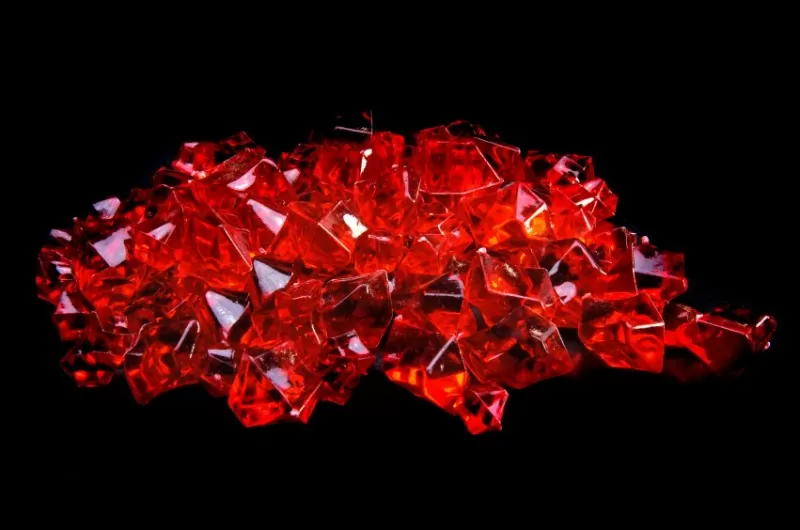The history of rubies as gemstones dates back thousands of years. Here’s a detailed timeline of the discovery and use of rubies:
Ancient Times:
- Prehistoric: Rubies were likely discovered and admired by ancient civilizations, but exact dates and locations are unknown.
- 3rd millennium BCE: The ancient Sanskrit texts, known as the Vedas in India, mention rubies, indicating their recognition in Indian culture.
- 2nd millennium BCE: Rubies are mentioned in ancient Chinese texts, signifying their use in China as well.
Classical Antiquity:
- 6th century BCE: The Greek philosopher and naturalist, Theophrastus, wrote about rubies in his work “On Stones,” recognizing them as a precious gemstone.
- 1st century BCE: The Roman scholar Pliny the Elder described rubies in his encyclopedic work “Natural History,” further establishing their significance in the ancient world.
Medieval and Renaissance Periods:
- 6th century: The rise of the silk trade routes facilitated the spread of rubies from Asia to Europe, increasing their popularity among the nobility and clergy.
- 12th century: European royalty and clergy started using rubies in crowns, scepters, and rings as symbols of power, wealth, and protection.
- 13th century: The famous traveler Marco Polo reported on the ruby mines in the region of present-day Myanmar (formerly Burma).
- 16th century: The famous gemstone mines in Mogok, Myanmar, were already producing high-quality rubies that were highly sought after by European monarchs and aristocracy.
Colonial Era and Modern Times:
- 19th century: Advances in gemology and mining techniques led to the discovery of additional ruby deposits in places like Sri Lanka and Thailand.
- 1887: French chemist Auguste Verneuil invented the flame fusion method, a process for synthesizing rubies and other gemstones in the lab. This marked the beginning of synthetic ruby production.
- Early 20th century: Synthetic rubies became widely used in various applications, including in the manufacturing of scientific instruments, lasers, and watch jewels.
Industrial Uses of Rubies:
- Early 20th century: Due to their hardness and resistance to wear, rubies found industrial applications as bearings for delicate mechanical instruments, such as watches.
- Mid-20th century: The development of ruby lasers opened new possibilities in various fields, including medical technology, laser research, and telecommunications.
- Late 20th century: With advancements in materials science, synthetic rubies were used in various industries, including as components in high-pressure water jet systems and as laser gain media for military applications.
Contemporary Uses:
- Modern times: Rubies remain highly valued as gemstones in the jewelry industry, with top-quality rubies fetching astronomical prices in the market.
- Modern research: Scientists continue to explore new applications for rubies, such as using them in sensors, optics, and advanced laser technologies.
Rubies have a long and storied history, ranging from their use as symbols of wealth and power in ancient civilizations to their diverse applications in modern science and technology. Their allure as gemstones continues to captivate people around the world, making them one of the most cherished and sought-after gemstones in the world.
